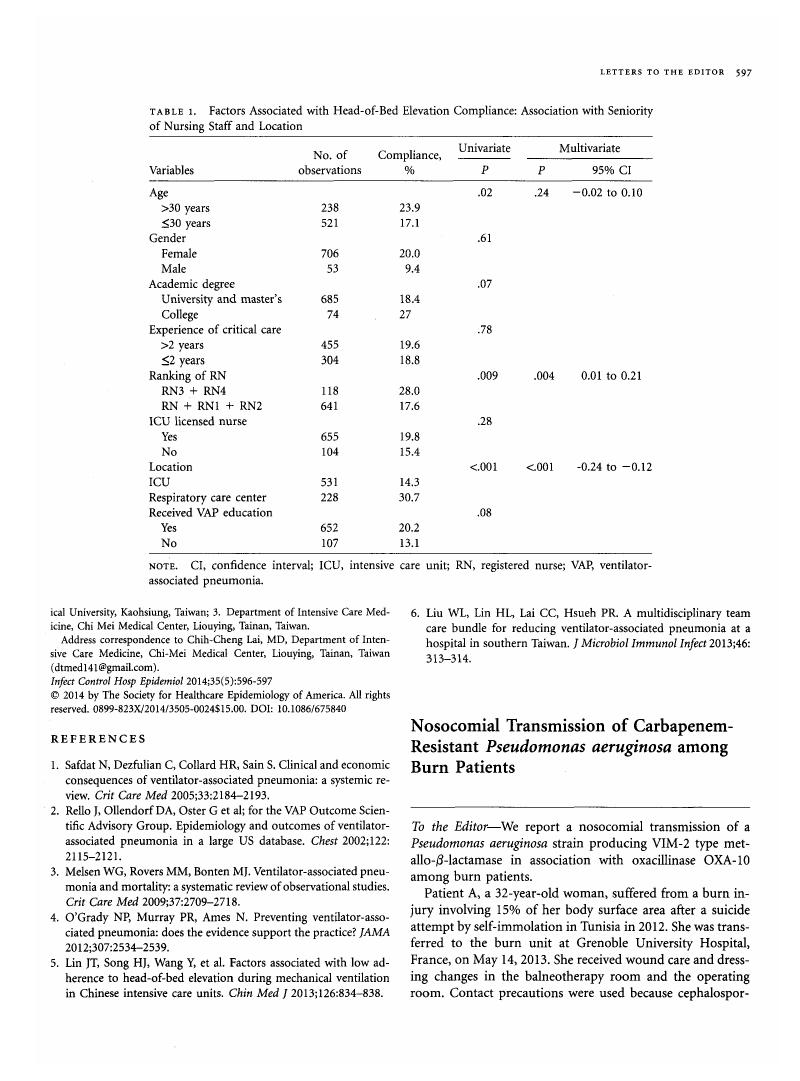Crossref Citations
This article has been cited by the following publications. This list is generated based on data provided by Crossref.
Pirii, L. E.
Friedrich, A. W.
Rossen, J. W.A.
Vogels, W.
Beerthuizen, G. I. J. M.
Nieuwenhuis, M. K.
Kooistra-Smid, A. M. D.
and
Bathoorn, E.
2018.
Extensive colonization with carbapenemase-producing microorganisms in Romanian burn patients: infectious consequences from the Colectiv fire disaster.
European Journal of Clinical Microbiology & Infectious Diseases,
Vol. 37,
Issue. 1,
p.
175.
Thuenauer, Roland
Landi, Alessia
Trefzer, Anne
Altmann, Silke
Wehrum, Sarah
Eierhoff, Thorsten
Diedrich, Britta
Dengjel, Jörn
Nyström, Alexander
Imberty, Anne
Römer, Winfried
Fleiszig, Suzanne M. J.
and
Salama, Nina R.
2020.
The Pseudomonas aeruginosa Lectin LecB Causes Integrin Internalization and Inhibits Epithelial Wound Healing.
mBio,
Vol. 11,
Issue. 2,
Fukuda, Satoshi
Ihara, Koji
Bohannon, Julia K.
Hernandez, Antonio
Patil, Naeem K.
Luan, Liming
Stothers, Cody
Stark, Ryan
Prough, Donald S.
Herndon, David N.
Sherwood, Edward R.
and
Enkhbaatar, Perenlei
2020.
Monophosphoryl Lipid a Attenuates Multiorgan Dysfunction During Post-Burn Pseudomonas Aeruginosa Pneumonia in Sheep.
Shock,
Vol. 53,
Issue. 3,
p.
307.



